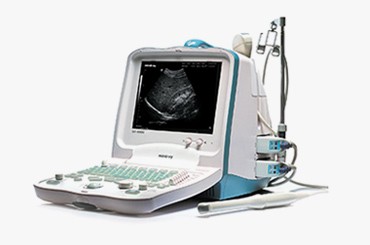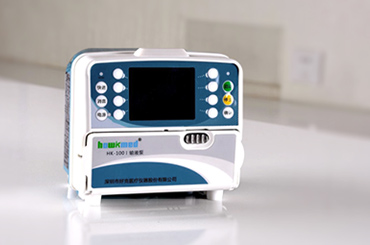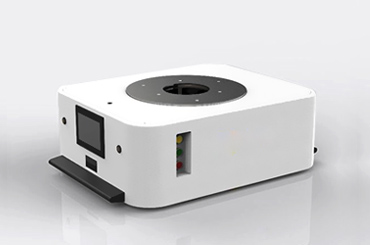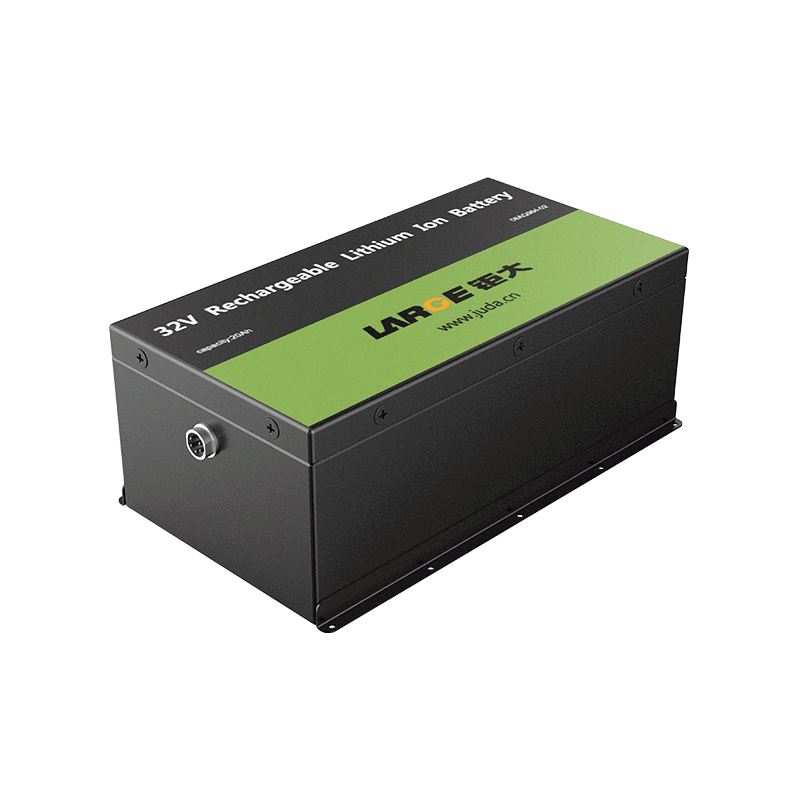-
Key Takeaways
-
Part 1: Overview of Lithium and Alkaline Batteries+
- 1.1 Defining Lithium Batteries
- 1.2 Defining Alkaline Batteries
- 1.3 Why Compare Lithium vs Alkaline Batteries?
-
Part 2: Key Differences Between Lithium and Alkaline Batteries+
- 2.1 Materials and Chemical Composition
- 2.2 Power Output and Performance
- 2.3 Lifespan and Durability
- 2.4 Cost and Long-Term Value
- 2.5 Environmental Impact and Recycling
- 2.6 Temperature Resilience and Operating Conditions
-
Part 3: Best Use Cases for Each Battery Type+
- 3.1 Applications for Lithium Batteries in 2025
- 3.2 Applications for Alkaline Batteries in 2025
- 3.3 Comparing Suitability for Advanced Technologies
-
Part 4: Future Trends in Battery Technology for 2025+
- 4.1 Innovations in Lithium Battery Technology
- 4.2 Advancements in Alkaline Battery Design
- 4.3 How Emerging Trends Impact Battery Selection
-
FAQ+
- 1. Why are lithium batteries preferred for medical devices?
- 2. Can lithium batteries handle extreme temperatures?
- 3. How does Large Power support custom battery solutions?
Lithium and Alkaline Batteries Compared for 2025 Applications
APR 22, 2025 Pageview:8

When deciding between lithium vs alkaline batteries for 2025 applications, you must consider performance and industry needs. Lithium batteries dominate advanced sectors due to their superior energy density and lifespan. Industries like medical applications, robotics, and instrumentation devices increasingly rely on lithium solutions. In contrast, alkaline batteries suit low-drain devices with shorter lifespans.
Key Takeaways
Lithium batteries work well for high-power needs. They last longer, store more energy, and keep steady power.
Alkaline batteries are good for low-energy devices. They are cheap and great for things like remotes and flashlights.
In fields like healthcare, robots, and building systems, lithium batteries are dependable and efficient. They are the top pick for modern tech.
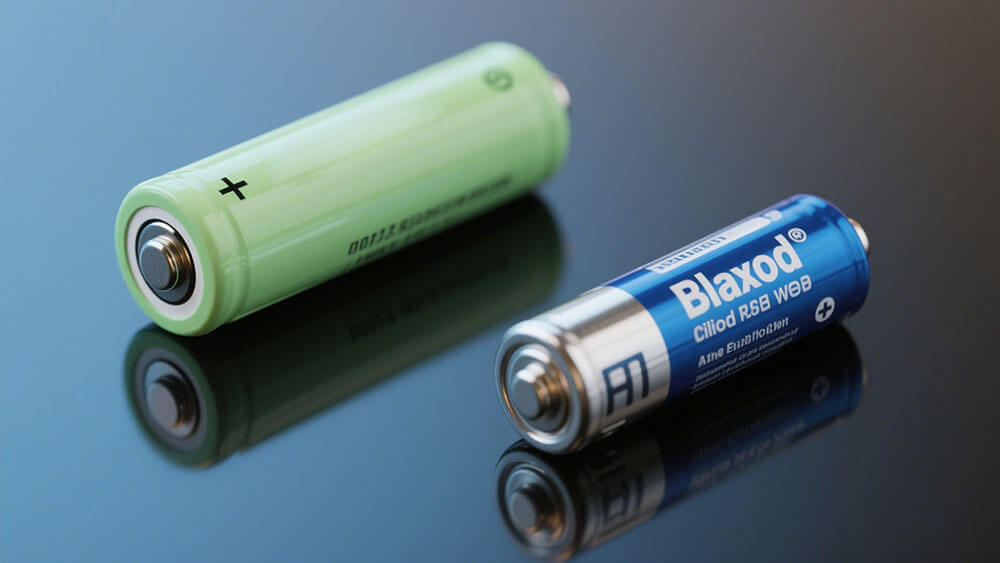
Part 1: Overview of Lithium and Alkaline Batteries
1.1 Defining Lithium Batteries
Lithium batteries are advanced energy storage solutions known for their high energy density, lightweight design, and long lifespan. These batteries utilize lithium as the primary material in their electrochemical composition, offering superior performance compared to traditional alternatives. For instance, NCA batteries deliver a specific energy of 160-270Wh/kg and a cycle life of approximately 1,000-2,000 cycles, making them ideal for high-demand applications. LTO batteries, on the other hand, excel in low-temperature environments and provide an impressive cycle life of 3,000–10,000 cycles. These attributes make lithium batteries indispensable in industries like medical source, robotics source, and infrastructure source.
Property | Description |
|---|---|
Solid Electrolyte Interphase | Critical for lithium-ion battery performance, involves the decomposition of electrolyte species. |
Dataset Size | Contains structural, thermodynamic, and vibrational information on over 17,000 unique species. |
Analysis Method | Analyzed at the ωB97X-V/def2-TZVPPD/SMD level of theory. |
1.2 Defining Alkaline Batteries
Alkaline batteries are widely used, disposable power sources that rely on a chemical reaction between zinc and manganese dioxide. These batteries typically have a nominal voltage of 1.5 volts, which gradually decreases as they discharge. They are best suited for low-drain devices like LED headlamps or moderate-drain items such as incandescent lights. With an estimated shelf life of 5–7 years at room temperature, alkaline batteries are a cost-effective choice for non-rechargeable applications.
Attribute | Description |
|---|---|
Nominal Voltage | 1.5 volts (gradually declines to less than 1 volt as the battery discharges) |
Estimated Shelf Life | 5-7 years (at 68°F/20°C) |
Best Use Cases | Low-drain devices (e.g., LED headlamps, toys) and moderate-drain items (e.g., lights using incandescent bulbs) |
1.3 Why Compare Lithium vs Alkaline Batteries?
Understanding the differences between lithium and alkaline batteries is crucial for selecting the right power source for your application. Lithium batteries outperform alkaline batteries in terms of energy density, lifespan, and voltage stability. For example, lithium batteries offer a stable voltage of 3.7V or higher, while alkaline batteries provide only 1.5V, which decreases over time. Additionally, lithium batteries are lighter and more durable, making them suitable for advanced technologies in industrial source and consumer electronics sectors.
Feature | Lithium Batteries | Alkaline Batteries |
|---|---|---|
Weight | Lighter than alkaline batteries | Heavier than lithium batteries |
Lifespan | Last longer and are rechargeable | Shorter lifespan, non-rechargeable |
Voltage Stability | Higher and more stable voltage (3.7V+) | Lower voltage (1.5V), decreases over time |
Applications | Suitable for high-tech devices | Best for low-drain devices |
Comparing lithium vs alkaline batteries helps you identify the most efficient and cost-effective solution for your specific needs. For custom battery solutions tailored to your industry, explore Large Power's offerings.

Part 2: Key Differences Between Lithium and Alkaline Batteries
2.1 Materials and Chemical Composition
The materials and chemical composition of a battery significantly influence its performance, energy density, and application suitability. Lithium batteries utilize metallic lithium as the anode material and various compounds like lithium cobalt oxide (LCO) as the cathode. This composition enables a voltage range of 3.7V per cell, making them ideal for high-performance devices. In contrast, alkaline batteries rely on zinc as the anode and manganese dioxide as the cathode, with potassium hydroxide serving as the electrolyte. These materials limit their voltage to 1.5V per cell.
Battery Type | Anode Material | Cathode Material | Electrolyte | Voltage Range |
|---|---|---|---|---|
Alkaline | Zinc (Zn) | Manganese Dioxide (MnO2) | Potassium Hydroxide (KOH) | 1.5V per cell |
Lithium | Metallic Lithium | Various (e.g., LCO) | Various | 3.7V per cell |
The advanced chemical composition of lithium batteries contributes to their higher energy density and longer lifespan, making them indispensable in industries like medical, robotics, and infrastructure.
2.2 Power Output and Performance
Lithium batteries outperform alkaline batteries in power output and performance, especially in high-demand scenarios. They maintain a stable voltage throughout their discharge cycle, ensuring a consistent power supply. Alkaline batteries, however, experience a gradual voltage drop, which can compromise the performance of connected devices.
Metric | Lithium Batteries | Alkaline Batteries |
|---|---|---|
Voltage Maintenance | Better | Worse |
Current Flow | Higher mA | Lower mA |
Energy Density | Higher | Lower |
Discharge Rates | Rapid discharge | Slower discharge |
Heavy Load Performance | Superior | Struggles |
Peak Performance | High power output | Lower power output |
For high-performance devices like medical equipment or industrial tools, lithium batteries provide the reliability and efficiency required to meet operational demands.
2.3 Lifespan and Durability
The lifespan of a battery determines its long-term value and suitability for specific applications. Lithium batteries offer a longer lifespan, with some types lasting up to 10 years and supporting 300–500 charge cycles. Alkaline batteries, on the other hand, typically last around 5 years and are non-rechargeable, limiting their utility in long-term applications.
The long lifespan and durability of lithium batteries make them a cost-effective choice for applications requiring consistent performance over time.
2.4 Cost and Long-Term Value
While lithium batteries have a higher upfront cost, their extended lifespan and superior performance offer significant long-term savings. They can last 8 to 10 cycles longer than alkaline batteries, reducing the need for frequent replacements.
Feature | Alkaline Batteries | Lithium Batteries |
|---|---|---|
Cost | Generally lower upfront cost | May cost 5 times more than alkaline batteries |
Lifespan | 5 to 10 years shelf life | Lasts 8 to 10 cycles longer than alkaline batteries |
Voltage Maintenance | Voltage decreases throughout use | Maintains full voltage until the end of charge life |
Applications | Suitable for infrequent use, emergency preparedness | Better for high-drain applications |
Environmental Impact | Single-use, less sustainable | Rechargeable, more sustainable |
For businesses prioritizing long-term value and efficiency, lithium batteries are the superior choice.
2.5 Environmental Impact and Recycling
The environmental impact of a battery depends on its recyclability and sustainability. Lithium batteries, being rechargeable, reduce waste and are more environmentally friendly compared to single-use alkaline batteries. However, the recycling process for lithium batteries is more complex and requires specialized facilities. Alkaline batteries, while easier to recycle, contribute more to landfill waste due to their disposable nature.
2.6 Temperature Resilience and Operating Conditions
Lithium batteries excel in extreme temperatures, maintaining performance in both cold and hot environments. They retain 70% capacity at -10°C and 85% at 0°C, making them ideal for outdoor and industrial applications. Alkaline batteries, however, struggle in cold conditions due to their water-based electrolyte, which slows down chemical reactions.
Battery Type | Low-Temperature Performance | High-Temperature Performance |
|---|---|---|
Lithium | Operates effectively even in extreme cold | Performs well in extreme heat |
Alkaline | Performance significantly decreases in cold | Ceases to function in extreme heat |
For applications requiring reliable performance in challenging conditions, lithium batteries are the preferred option.
For custom battery solutions tailored to your industry needs, explore Large Power's offerings.

Part 3: Best Use Cases for Each Battery Type
3.1 Applications for Lithium Batteries in 2025
Lithium batteries are indispensable in industries requiring high energy density, long lifespan, and reliable performance. Their versatility makes them the preferred choice for advanced applications across various sectors:
Medical Devices: Lithium batteries power critical medical equipment such as portable ventilators, defibrillators, and infusion pumps. Their long lifespan and stable voltage ensure uninterrupted operation, which is vital in life-saving scenarios.
Robotics: The robotics industry relies on lithium batteries for their lightweight design and high energy output. These batteries enable robots to perform complex tasks efficiently, whether in manufacturing, logistics, or healthcare. Learn more about robotics applications.
Infrastructure and Transportation: Lithium batteries are transforming infrastructure systems, including traffic management and public transportation. Electric buses and trains increasingly adopt lithium-ion technology for its durability and rapid charging capabilities.
Consumer Electronics: Devices like smartphones, laptops, and wearable tech depend on lithium-ion batteries for their compact size and extended battery life.
Industrial Equipment: Forklifts, automated guided vehicles, and other industrial tools benefit from the efficiency and sustainability of lithium batteries. For tailored industrial solutions, visit Large Power.
Metric | Value |
|---|---|
Projected Market Value (2025) | $25 billion |
Compound Annual Growth Rate (CAGR) | 26% (2025-2033) |
Key Industries | Automotive, Consumer Electronics |
Major Drivers | Electric vehicles, portable devices, technological advancements |
The logistics sector exemplifies the growing adoption of lithium batteries. Forklifts and automated guided vehicles now use lithium-ion technology to enhance efficiency and sustainability. This shift is not just a trend but a necessity for staying competitive in a rapidly evolving market.
3.2 Applications for Alkaline Batteries in 2025
Alkaline batteries remain relevant for low-drain and moderate-drain applications. Their affordability and widespread availability make them suitable for specific use cases:
Consumer Electronics: Alkaline batteries power devices like remote controls, flashlights, and clocks. These devices require minimal energy, making alkaline batteries a cost-effective option.
Battery-Operated Toys: The demand for battery-operated toys, such as drones and toy cars, continues to grow. Alkaline batteries are ideal for these products due to their low upfront cost.
Emergency Preparedness: Alkaline batteries are commonly used in emergency kits for powering flashlights and portable radios. Their long shelf life ensures they remain functional when needed.
Evidence Type | Details |
|---|---|
Consumer Electronics Production | In May 2023, consumer electronics production reached $2,178,430 million, up from $1,714,724 million in May 2022. |
Alkaline Battery Demand Drivers | The growth in consumer electronics and battery-operated toys is expected to drive alkaline battery demand in 2025. |
The popularity of battery-operated toys and the increasing production of consumer electronics highlight the continued relevance of alkaline batteries. However, their limited lifespan and lower energy density make them less suitable for high-performance applications.
3.3 Comparing Suitability for Advanced Technologies
When comparing lithium vs alkaline batteries for advanced technologies, lithium batteries clearly outperform their alkaline counterparts. Their higher energy density, long lifespan, and ability to operate in extreme conditions make them ideal for modern applications.
Energy Density: Lithium batteries offer significantly higher energy density, enabling them to power devices for longer periods. This makes them indispensable for electric vehicles, medical devices, and industrial tools.
Lifespan: Rechargeable lithium batteries last much longer than alkaline batteries, reducing the need for frequent replacements. This translates to cost savings and improved efficiency.
Environmental Impact: While lithium batteries require specialized recycling processes, their rechargeable nature reduces waste compared to single-use alkaline batteries.
Performance in Extreme Conditions: Lithium batteries maintain functionality in both high and low temperatures, unlike alkaline batteries, which struggle in extreme environments.
Feature | Lithium Batteries | Alkaline Batteries |
|---|---|---|
Energy Density | High | Low |
Lifespan | Long lifespan, rechargeable | Shorter lifespan, non-rechargeable |
Environmental Impact | Rechargeable, less waste | Single-use, more waste |
Temperature Resilience | Operates in extreme conditions | Limited performance in extreme conditions |
The alkaline battery market is projected to grow from USD 8.84 billion in 2023 to USD 13.77 billion by 2032, driven by eco-friendly product demand. However, lithium-ion technologies are expanding at a faster rate due to their superior performance. For advanced technologies, lithium batteries remain the optimal choice.
For custom lithium battery solutions tailored to your industry, visit Large Power.
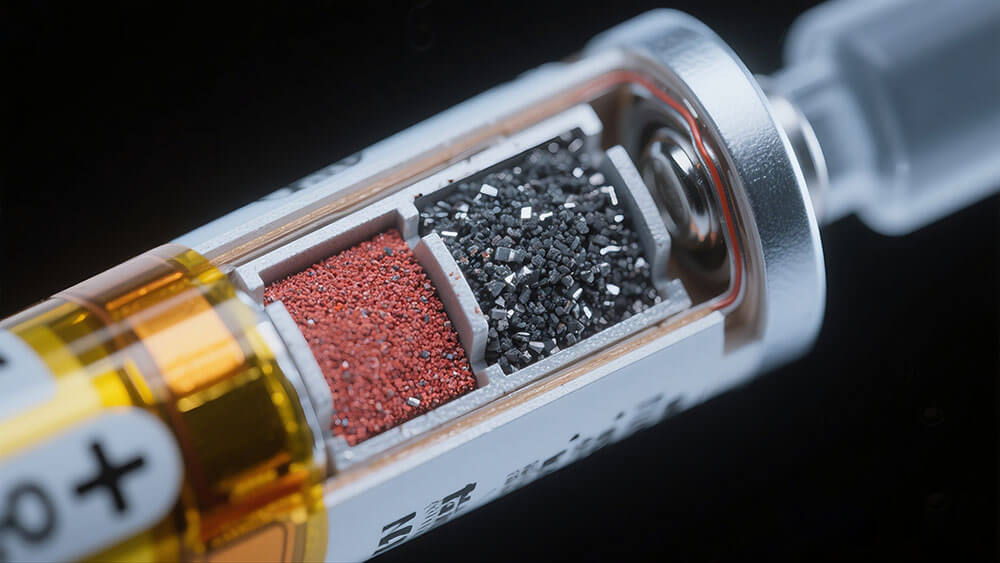
Part 4: Future Trends in Battery Technology for 2025
4.1 Innovations in Lithium Battery Technology
Lithium battery technology continues to evolve, driven by the demand for higher energy density, improved safety, and sustainable solutions. Recent advancements focus on cathode and anode materials, which significantly enhance performance.
Component | Key Innovations | Expected Improvements |
|---|---|---|
Cathodes | High-nickel NMC/NCA, LMFP, LNMO | Enhanced energy density, reduced cobalt usage |
Anodes | Silicon-based materials | Increased energy density, better manufacturing scalability |
Market Trends | Expansion into electric vehicles and industrial applications | Sustained growth in lithium-ion demand through 2035 |
These innovations make lithium batteries indispensable for industries like medical, robotics, and infrastructure. For example, high-nickel NMC cathodes improve energy density, enabling longer runtimes for medical devices and industrial tools. Silicon anodes, on the other hand, support higher energy storage, making them ideal for energy-intensive applications like electric vehicles and renewable energy storage systems.
4.2 Advancements in Alkaline Battery Design
Alkaline batteries are also undergoing improvements to remain competitive in specific applications. Manufacturers are focusing on increasing energy capacity and reducing environmental impact.
A 20% increase in energy capacity for new alkaline battery models enhances their usability in moderate-drain devices.
Production initiatives aim to cut carbon emissions by 30% by 2030, aligning with global sustainability goals.
Over 500 million alkaline batteries are projected to be recycled globally in 2024, reflecting a growing emphasis on sustainability.
These advancements make alkaline batteries more appealing for low-drain applications like remote controls and emergency kits. However, their limited lifespan and energy density still restrict their use in high-performance scenarios.
4.3 How Emerging Trends Impact Battery Selection
Emerging trends in battery technology are reshaping how businesses select power solutions. Regions like East Asia dominate innovation and production, while North America and Europe invest in localized manufacturing to reduce dependency. Solid-state batteries (SSBs) are gaining attention for their safety and energy density, though high costs remain a challenge.
Feature | Description |
|---|---|
Dominant Regions | East Asia leads in innovation; North America and Europe focus on localization |
Key Innovations | Solid-state batteries offer higher energy density and faster charging |
Challenges | High manufacturing costs and safety concerns like lithium dendrite formation |
Market Forecast | Significant growth expected across multiple applications from 2025 to 2035 |
The rollout of 5G networks further drives demand for high-capacity lithium-ion batteries in communication base stations. The Asia-Pacific region, particularly China, is projected to lead this market. Businesses must consider these trends when choosing between lithium vs alkaline batteries for their applications. For advanced technologies, lithium batteries remain the superior choice due to their versatility and long-term value.
For tailored lithium battery solutions that meet your industry needs, explore Large Power's offerings.
Lithium and alkaline batteries differ significantly in energy density, lifespan, and application suitability. Lithium batteries excel in high-performance environments, offering superior energy density and durability. Alkaline batteries remain cost-effective for low-drain devices. Businesses should prioritize lithium batteries for industries like medical, robotics, and infrastructure, where reliability and efficiency are critical. Comprehensive lifecycle studies highlight the economic and environmental benefits of lithium-ion battery reuse, especially in energy storage systems.
FAQ
1. Why are lithium batteries preferred for medical devices?
Lithium batteries offer stable voltage, long lifespan, and lightweight design, ensuring reliable performance for critical medical equipment.
2. Can lithium batteries handle extreme temperatures?
Yes, lithium batteries maintain performance in cold and hot conditions, making them ideal for industrial applications.
3. How does large power support custom battery solutions?
Large Power provides industry-specific lithium battery solutions for medical, robotics, and infrastructure needs.
Leave Message
Hottest Categories
-
Hottest Industry News
-
Latest Industry News




